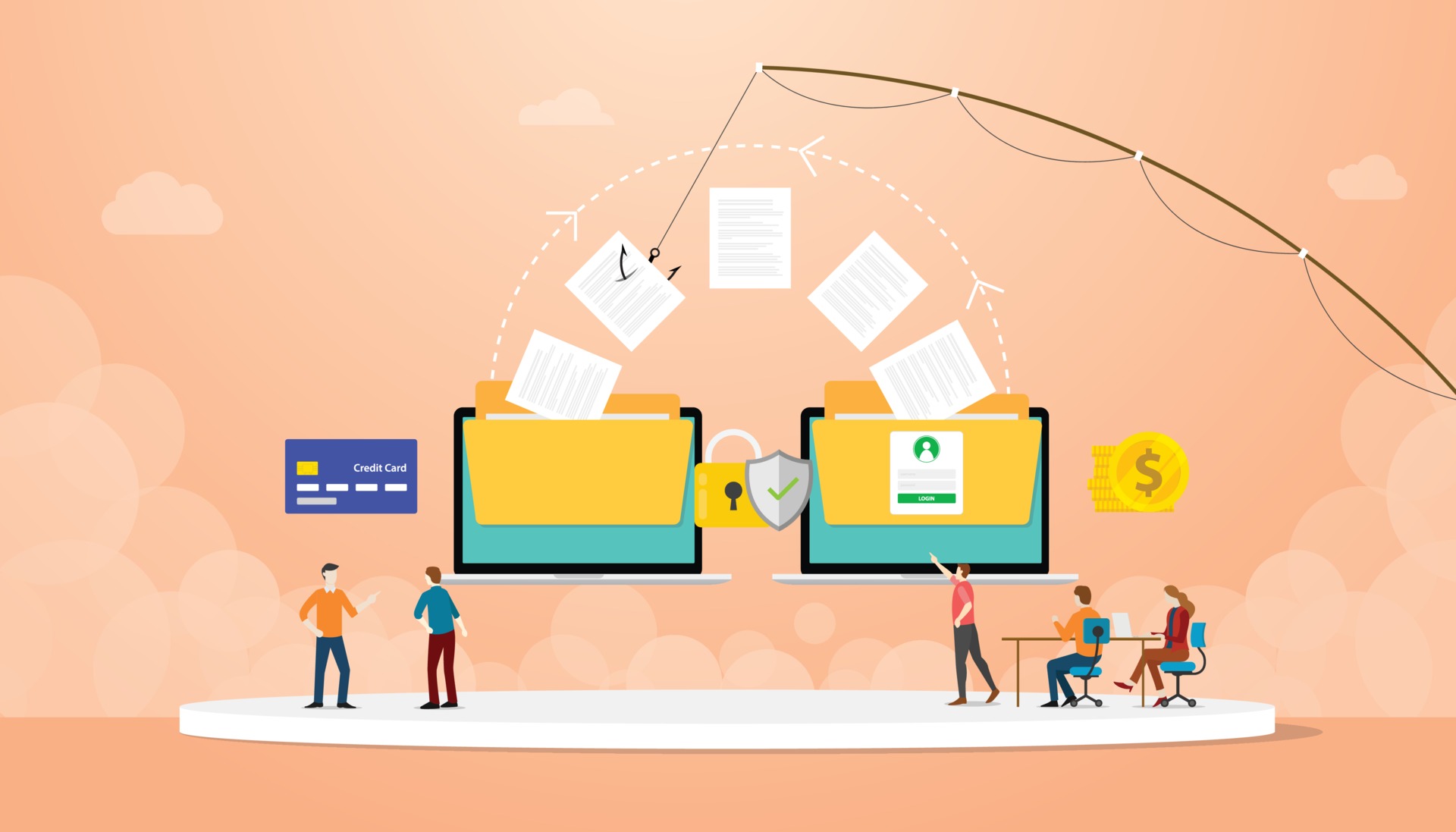Synthetic Identity Fraud: How to Foil the Fakers
Synthetic fraudsters can’t fake it anymore

Synthetic fraudsters can’t fake it anymore
No one embraces the aphorism “fake it till you make it” more than a synthetic fraudster.
This burgeoning variety of bad actor combines stolen info, such as a phone number and address, with fake info to create an entirely new (and bogus) identity.
A recent study from Aite-Novarica Group predicted that synthetic identity fraud will jump from $1.8B in 2021 to $2.42B by 2023. It also surveyed a group of top fraud executives who pegged “synthetic identities resulting from application fraud” as one of their most worrisome threats. And, as if the alarm bells weren’t already loud enough, the Federal Reserve put out a video in February to raise awareness about synthetic identity fraud.
Let’s take a closer look at the synthetic fraud landscape thus far in 2022. Then, we’ll show you how Deduce is outflanking the fakers.
Chasing ghosts
Our initial primer on synthetic identity fraud in February cited experts who foresaw an uptick in synthetic attacks in 2022. Three months in, it seems these experts lived up to their reputation as synthetic identities continue to negatively impact myriad industries and the consumer victims it leaves in shambles.
In 2020, financial institutions suffered $20 billion in losses due to synthetic identity fraud. The use cases keep piling up: suspicious auto loan applications (260% increase); Buy Now, Pay Later fraud (66% increase from 2020 to 2021); and synthetic refund fraud, to name a few.
Financial harm to businesses isn’t the only concern. Profits from synthetic identity fraud are also linked to terrorism and human trafficking. Parents even have to protect the financial futures of their young children who may not realize their identity was stolen until after applying for a credit card as an adult. Hacked school databases and social media accounts led to 1.25 million stolen child identities in 2020.
The most frustrating element of synthetic identity fraud for consumers, businesses, and law enforcement is the elusiveness of the perpetrator. Pinpointing the real human behind a “Frankenstein identity” is like chasing a ghost. A mishmash of, say, a random person’s address, another individual’s stolen social security number, and a made-up name, is more than enough to throw investigator’s off the scent. Complicating matters is the patience of synthetic fraudsters who often prefer playing the long game by taking out smaller loans, paying bills on time, and otherwise keeping a low profile
Fraud prevention solutions are tasked with a different set of challenges, namely: how do you stop a synthetic fraudster early, before an attack can take place, and is that even possible?
You can’t fake it
Preemptively stopping synthetic fraudsters in their tracks is indeed possible—if the largest real-time identity graph in the US is at your disposal.
Deduce’s Identity Network is just that. We’re a relatively young company, but our data is clever beyond its years, powered by more than 450 million anonymized US user profiles (many US residents have more than one email) and 1.4 billion daily activities.
Think of Deduce as the wise old owl who’s seen every fraudster scheme in the book. Our vast database of user profiles and activity successfully prevents synthetic identity fraud for one key reason: it’s too expensive for synthetic fraudsters to fake us out. The amount of websites, diversity of activity, and length of time needed to circumvent our defenses—all using the same device and identity—would be too costly. (Fraudsters are a thrifty bunch.)
Given the patience of synthetic fraudsters and their efforts to legitimize fake identities by opening bank accounts, paying utility bills, etc., the static data traditionally used to prevent breaches isn’t sufficient. Real-time user activity, on the contrary, gives the Deduce intelligence layer the upper hand no matter how many real and fake details they’ve cobbled together.
And, because the Deduce Identity Network offers both risk and trust signals, you’ll combat synthetic bad actors while making sure legitimate users aren’t mistaken as false positives.
If you’re looking for a synthetic antiseptic, contact us today.




